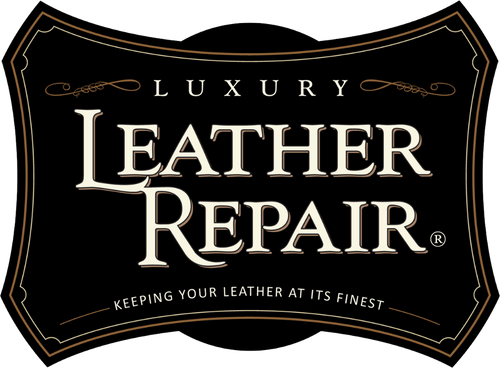Leather Cleaning
Leather Cleaning is very important for maintaining not only the color and finish, but also the life of the leather. When deciding which type of leather cleaner you need to use, you will first want to identify your leather to ensure you are using a leather cleaner designed for your specific leather type. Having a cleaner made for your leather type will ensure that you do not damage the leather. It is also very important to use water based leather cleaners as to not dry the leather out. While oil and lanolin products can make the leather feel soft initially, the long-term effects of oil based cleaners can cause the leather to dry out. This will accelerate color fade and will cause the leather to lose its ability to flex. Cracking and creasing occurs when the leather can no long expand and contract as it should. As you can see, having a proper leather cleaner will allow you to maintain your leather investment. Below we have outlined the proper techniques for general leather cleaning and removing deep stains from leather based on the leather type.
Top Coated, Pigmented, Painted Leather - Cleaning Code P
- Apply leather cleaner to a foam style sponge and work the cleaner into a lather in the sponge.
- With light pressure clean the surface of the leather with the lathered sponge breaking up the dirt and grim. Do not let the cleaner dry on the surface allowing what has been broken up to stick back to the surface.
- Using a white microfiber towel wipe the surface removing the cleaner.
- Follow up with Leather Conditioner and Leather Protection Cream.
Aniline, Uncoated, Natural Leather, Oil/Wax Pull-ups - Cleaning Code A
- Apply leather cleaner to a foam style sponge and work the cleaner into a lather in the sponge.Leather Master Foam Cleaner is a great product that can be sprayed onto the leather in a foam application. It works extremely well on more sensitive leathers.
- With light pressure clean the surface of the leather with the lathered sponge breaking up the dirt and staining. You can also use a soft cleaning brush to work down into the pores of the leather if necessary.
- Using a white microfiber towel wipe or blot the surface removing the cleaner.
- Follow up with Leather Conditioner and Leather Protection Cream.
- Apply Nubuck or Suede leather cleaner to a foam style sponge and work the cleaner into a lather in the sponge. We recommend Leather Master Nubuck Cleaner or Leather Master Foam Cleaner to clean nubuck or suede leather. Leather Master Foam Cleaner is a great product that can be sprayed onto the leather in a foam application. It works extremely well on more sensitive leathers.
- With light pressure clean the surface of the leather with the lathered sponge breaking up the dirt and staining. You can also use a soft cleaning brush to work down into the pores of the leather if necessary.
- Using a white microfiber towel wipe or blot the surface removing the cleaner.
- Follow up with Nubuck and Suede Leather Protector. We recommend Leather Master Nubuck Eco Protector for maximum protection.
Vinyl
- Apply cleaner to a foam style sponge and work the cleaner into a lather in the sponge. Luxury Leather Repair DyeNamic Clean is great cleaner for vinyl. DyeNamic Clean can be sprayed onto the surface.
- With light pressure clean the surface of the leather with the lathered sponge or breaking up the dirt and grim. You could also use a soft nylon cleaning pad to help break up deep staining. Do not let the cleaner dry on the surface allowing what has been broken up to stick back to the surface.
- Using a white microfiber towel wipe the surface removing the cleaner.
- Follow up with Leather Protection Cream.

 My Account
My Account
